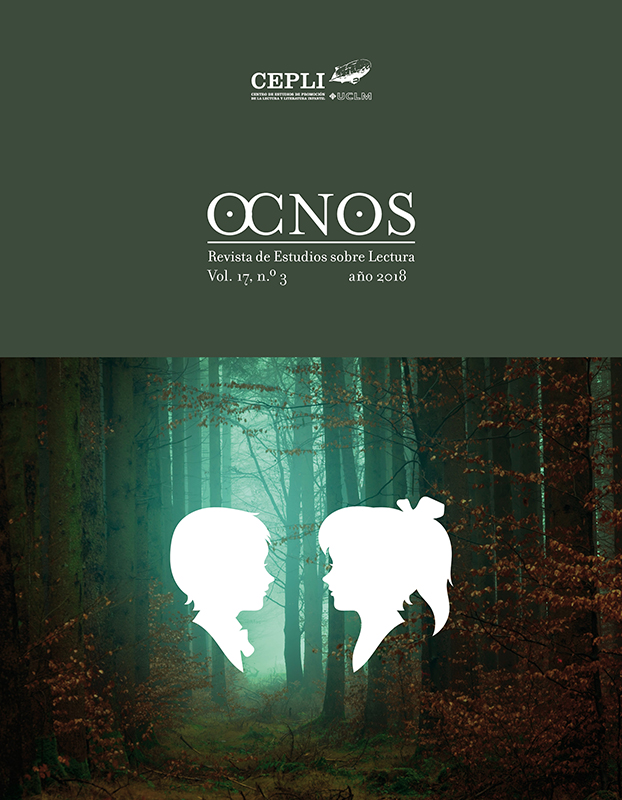Wordless picture books and building a reading community in public libraries
Main Article Content
Abstract
This article presents a qualitative case study of ethnographic modality. The study was conducted in a public library of the rural areas in Aragón. During one academic year, 41 children from three to eleven years old participated in a reading course by using wordless picture books. This research answers two questions: What strategies did the infant readers use in the reception of wordless picture books? What meanings gave the actors to the context with that socio-educational experience? Regarding the treatment of data, The Constant Comparative Method was used with the support of the NVivo software. The texts were analyzed with the readers’ responses generated by the reception of Wave and Shadows by Suzy Lee, the interviews with the participants and the field diary of the researcher. The reader responses indicate that wordless picture books promote the development of reading strategies through oral interaction and with the construction of meaning. The results show that continued collective reading generates a reading community and reading habits. Also, the data prove how the social function of the library was reinforced due to that collective reading.
Downloads
Article Details
The articles published at Ocnos will have a Creative Common Licence Creative Commons Attribution-Noncommercial-No Derivative Works 3.0 Unported

